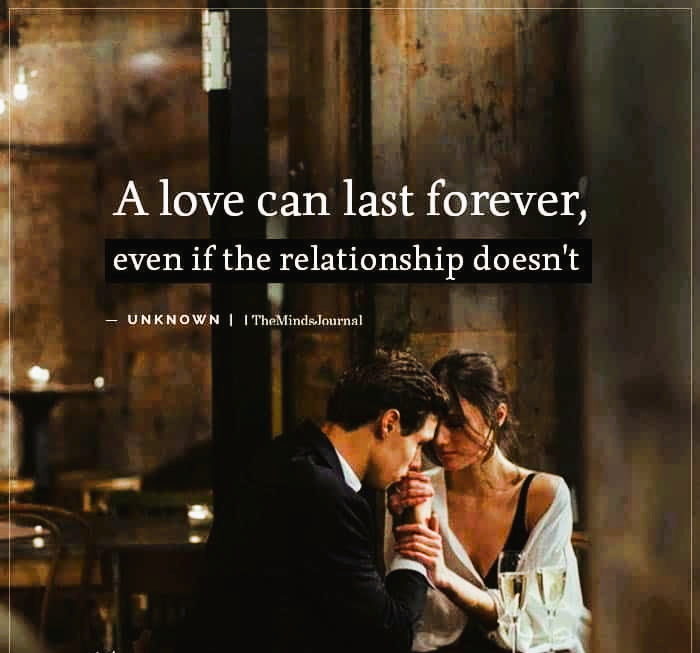As they caught up on each other's lives, Amit shared stories about his children, and Arpita talked about her family. Their conversation flowed effortlessly, and they found themselves lost in the past, reliving memories of their school days. But as the afternoon wore on, their talk turned to the present. Amit's thoughts drifted back to that prank, and he couldn't help but wonder how life would have turned out if he'd been sincere in his proposal. Would they be together now? Would they have built a life filled with love, laughter, and adventure?
Arpita, sensing his introspection, reached out and gently touched his hand. "Hey, what's on your mind?" she asked, her eyes sparkling with concern.
Amit smiled wistfully. "Just thinking about that prank I pulled on you back in school. I've always regretted it, Arpita." Arpita's expression softened. "I know, Amit. I've forgiven you long ago. But I have to ask...what made you think of it now?" Amit's gaze locked onto hers, his eyes burning with intensity. "I guess I just can't help but wonder...what if? What if I'd been sincere? What if we'd taken a chance on each other?" Arpita's cheeks flushed, and she looked away, her voice barely above a whisper. "I've wondered that too, Amit." As they sat there, the air thick with unspoken emotions, Amit reached out and took Arpita's hand in his. "I'm so sorry, Arpita. Sorry for the pain I caused you, sorry for not being brave enough to take a chance on us."
Arpita's eyes met his, and she smiled softly. "You don't have to apologize, Amit. We were young, and we didn't know any better. But I do have to say...I'm glad we're friends now."
Amit's fingers intertwined with hers, his touch sending shivers down her spine. As they walked out of the coffee shop, hand in hand, they shared a poignant glance. They knew they couldn't be together, not in the classical sense. But they also knew that their emotional bond was undeniable. Amit turned to Arpita and smiled. "You know, I never thought I'd say this, but I'm glad I took that dare all those years ago." Arpita's eyes sparkled. As they stood there, Arpita reached out and gently brushed a strand of hair behind his ear. "You deserve to be happy, Amit," she said softly. "You should find someone, fall in love again."
Amit's eyes locked onto hers, his gaze burning with intensity. "I've been thinking about that, Arpita. But it's hard to find someone who understands me like you do." Arpita's expression softened, and she took his hand in hers. "That's because you're looking for someone to fill a void, Amit. You need someone to share your life with, to laugh and cry with." As they talked, their hands remained entwined, a gentle reminder of the connection they shared. "I know, Arpita. You're right. I just feel like I've been given a second chance, and I don't want to waste it."
Arpita's eyes sparkled with tears. "You won't, Amit. I promise. You'll find someone amazing, someone who loves you for who you are." Amit's voice dropped to a whisper. "What if I've already found her, Arpita?" Arpita's gaze faltered, and she looked away, her cheeks flushing. "Amit, don't say that. We can't...we can't go down that path." Amit's fingers intertwined with hers, his touch sending shivers down her spine. "I know, Arpita. I'm sorry. It's just...being with you feels like home." Arpita's eyes met his, and for a moment, they just stared at each other, the air thick with unspoken emotions. Finally, Arpita broke the silence. "Amit, we can't be together, but we can still be friends. We can still support each other." Amit nodded, his eyes never leaving hers. "I'd like that, Arpita."
As they parted ways, Amit leaned in and kissed Arpita's forehead, his lips lingering near her head and he muttered a small prayer for her happiness. Then he moved to the passenger side of her car and opened the door for her. Arpita blew a kiss, and his heart fluttered as her car sped away.
.jpg)










